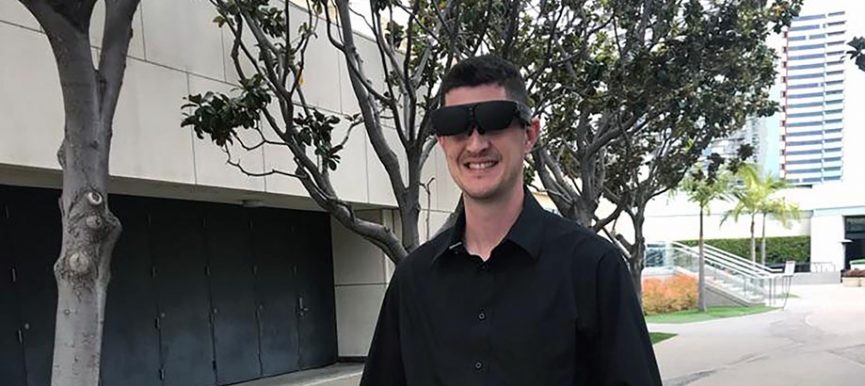The future of wearable technology is here and it is called NuEyes. NuEye’s ODG Smartglasses allow those with low vision to see and take part in everyday tasks. They are electronic, lightweight and compact, allowing for hands-free use.
Origin
After serving his country, CEO and US Navy Veteran Mark Greget began serving the visually impaired by distributing magnifying boxes. These boxes have a magnifying lens built into the lid, enabling contents to appear larger. A logical question occurred to Greget. What if there was a pair of glasses that served the same purpose? This led him to partner with a company called ODG, Osterhout Design Group, a design group that produces military technology for special operations. Together, they created the NuEyes smartglasses for low vision.
In 2016, the Consumer Electronics Show described the smartglasses as “technology that improves lives.” Numerous articles have been written about them. A number of videos showing their real life success can also be found here.
Features
What can these smartglasses do? What are their features?
- Design – The operative word is ‘sleek’. Their smartglasses come in all black, with a stylish and practical design. Not to mention, they are lightweight and compact. Users can also have the use of both hands, due to a hands-free device. Wireless means free and independent mobility, both in the home and outside. Wearers are free to cook and go grocery shopping.
- Speech & Text Recognition – The image projected through the lenses can be enhanced via voice commands. In return, those lenses can detect printed material and read them back to the wearer.
- Natural & Enhanced Vision – The front camera auto focus feature simulates natural vision by switching between near and far objects. Wearers can see faces or watch TV, thanks to mid-range vision. They can even look out a window and enjoy long-range vision, via an included optional 2x lens. As a matter of fact, that same lens offers magnification up to 12x.
Capabilities
NuEyes is able to counteract a vast array of visual impairment, ranging from macular degeneration and glaucoma to diabetic retinopathy, ocular albinism and cone-rod dystrophy. The list doesn’t end there. More formidable and obscure conditions such as Stargardt’s Disease, optic nerve hypoplasia and forms of retinitis pigmentosa have also been improved, thanks to NuEyes.
It is no secret that the elderly population is expected to grow exponentially in coming years. It is Greget’s hope that his smart glass will help those of us who are aging with activities such as cooking, walking, watching TV, managing finances, shopping and travelling. The most dramatic effect to date has to be the time NuEyes smartglasses allowed a 10-year old boy named Felix to see his loved ones’ faces clearly for the first time.
This continues our love affair with assistive technology. For some of us, technology can be a nuisance. For others, it is an obsession. As care managers and advocates for the disabled, it remains an indispensable ally.
